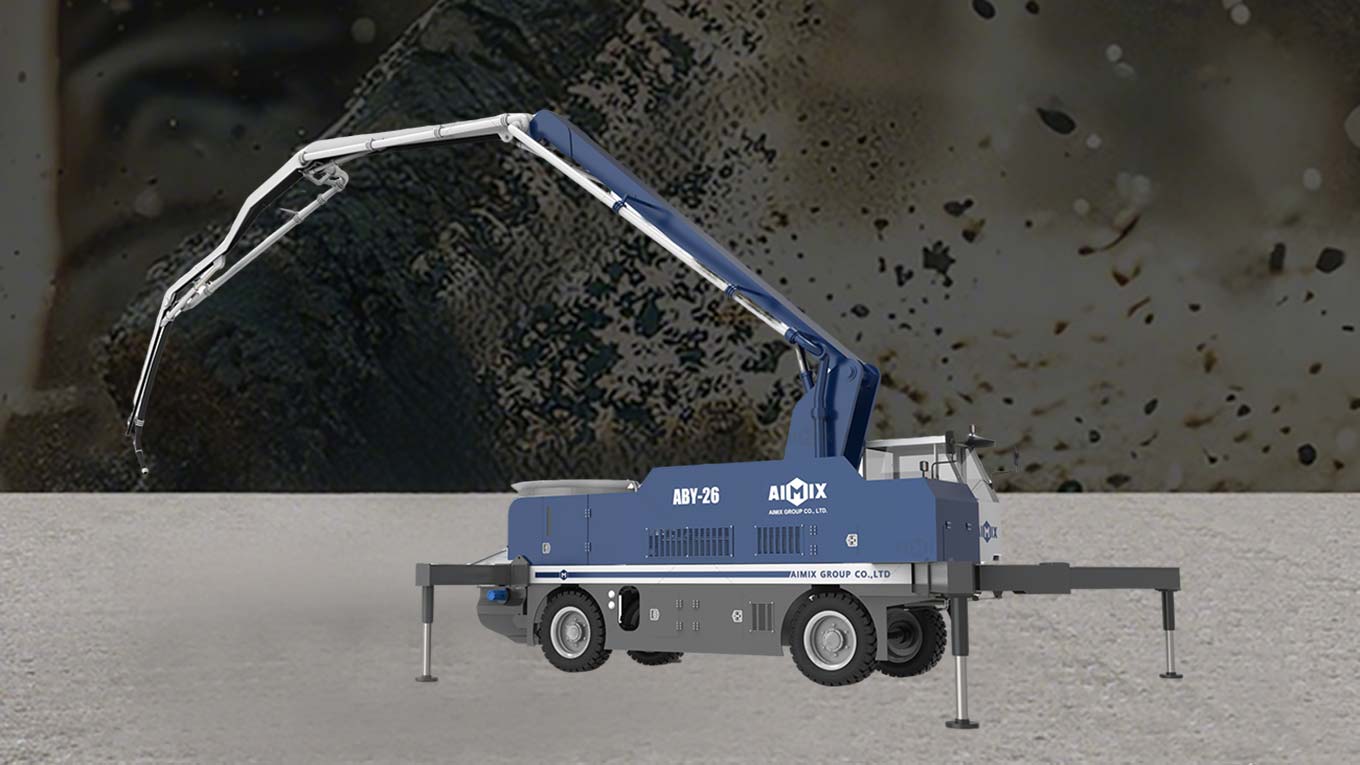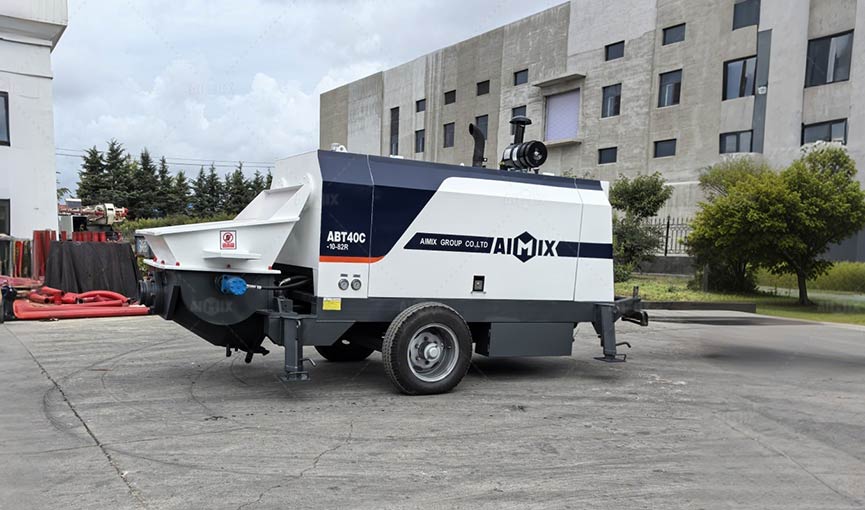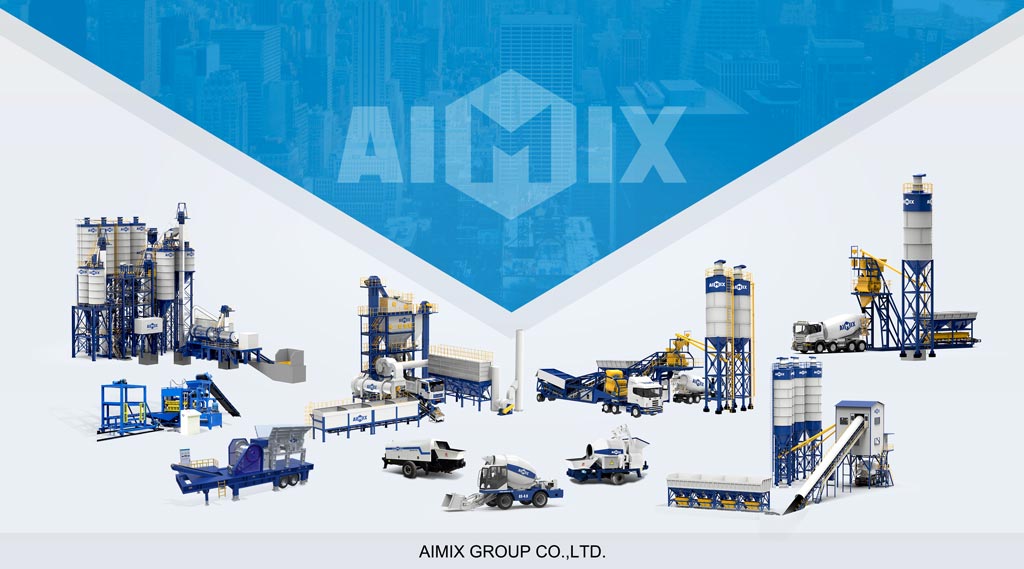The concrete pumping equipment market presents investors with a critical dichotomy—stationary concrete pump offering relentless performance versus portable units delivering unmatched flexibility. This decision carries significant financial implications, with equipment choices directly influencing project win rates, operational efficiency, and ultimately, return on investment. Understanding the nuanced advantages of each system requires examining three pivotal dimensions: operational scope, financial architecture, and market adaptability.
Capital Efficiency and Depreciation Dynamics
Upfront Investment vs. Lifetime Value Proposition
Stationary concrete pumps command 25-40% higher initial capital outlay than their portable counterparts, yet their engineered longevity (typically 12-15 years versus 8-10 for portables) alters the depreciation calculus. High-pressure stationary models achieve 15,000+ operating hours before major overhaul compared to 8,000-10,000 hours for mobile units, translating to lower hourly capital costs despite higher purchase prices.

Portable concrete pumps reveal their financial advantage in utilization rates. Their ability to service multiple projects within a single day creates asset turnover ratios 2-3 times higher than stationary units. This mobility premium justifies their accelerated depreciation schedules, particularly for contractors operating in dense urban markets where equipment relocation occurs daily.
Operational Dominance in Specific Applications
Mega-Projects Demand Stationary Muscle
When concrete volumes exceed 500 cubic meters daily, stationary pumps demonstrate indisputable superiority. Their continuous pumping capability (achieving 200m³/h versus 120m³/h for portables) and industrial-grade hydraulics maintain pressure consistency across marathon pours. High-rise construction particularly benefits from stationary pump placement—strategically positioned base machines can service multiple tower sections without repositioning.
Portable units shine in geographically distributed work portfolios. Their rapid deployment capability (setup within 45 minutes versus 4+ hours for stationary systems) makes them ideal for infrastructure projects with multiple pour locations. The latest trailer-mounted models now incorporate self-leveling outriggers and remote-controlled boom articulation, enabling precise placement in constrained sites where stationary pumps cannot physically access.
Market Risk Mitigation Strategies
Adapting to Construction Sector Volatility
Stationary pump investments thrive in stable, vertical construction-heavy markets where consistent high-volume demand exists. Their economic viability depends on maintaining 70%+ utilization rates, making them vulnerable to market downturns. However, their specialization commands 15-20% pricing premiums for technical projects requiring extreme reach or pressure.

Portable pumps function as market volatility hedges, with their diversified application across residential, commercial, and civil sectors. Their resale markets remain remarkably liquid—late-model used [)mobile concrete pumps](https://aimixconcretesolution.com/concrete-pump/mobile/ retain 60-70% residual value after three years compared to 40-50% for stationary units. This secondary market strength reduces financial risk during industry contractions.
The investment decision ultimately hinges on market positioning. Stationary pumps deliver superior returns in specialized, high-volume niches but demand operational scale to justify their fixed costs. Portable models offer lower-risk entry points with flexible upside, particularly for contractors requiring equipment versatility. Astute investors often build mixed fleets, allocating 70-80% to portable units for base revenue generation while reserving stationary assets for premium projects that maximize their technical advantages.


Comments
No comments yet. Be the first to react!